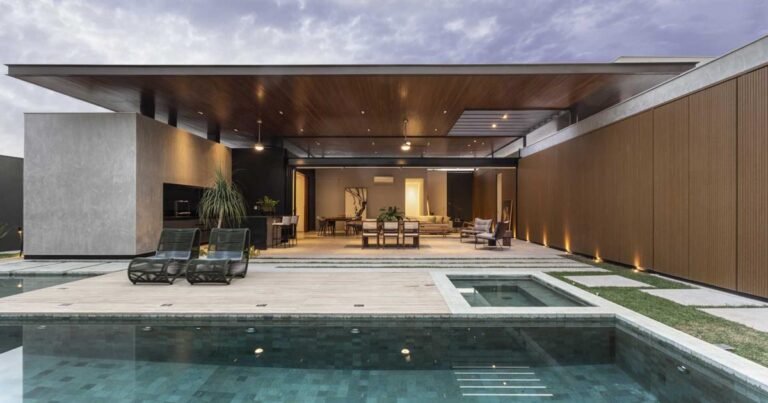UNA VOZ, UNA IMAGEN Exposition / SOLAR
UNA VOZ, UNA IMAGEN Exposition / SOLAR


Text description provided by the architects. The exhibition ‘ONE VOICE / ONE IMAGE’ was born out of a desire to explore different ways of analyzing images of our time — “like two dimensions, between presence and representation,” in the words of the curator, Maria Virginia Jaua.

The result is presented in sound form: thirteen oral deliveries, one by each of the artists invited, who “reflect on images that sometimes are not strictly of their making, but which nevertheless inhabit their creations.” The voices thus ‘materialize’ works that, precisely, lack material form.



In line with the purpose of the exhibition, and addressing the historical and symbolic weight of the Condeduque Center’s vaulted hall, the space designed by Solar (Pablo Canga + Ana Herreros) — in collaboration with Marta Jarabo — exploits the concept of immateriality through a single element: the mirror. This decision has been instrumental in generating a duplicity of reality, while the exhibition pieces and the furniture produce a play of reflections, simultaneously dissolving in the space, multiplying, and expanding their meanings.

The gist of the project is concentrated in the entrance vault. Two abstract volumes of the same size – one vertical, the other horizontal – welcome the visitor and give the information necessary for them to understand the show and move through it freely, in this way improving upon traditional exhibition schemes in which graphics and architecture operate separately. Meanwhile, in the rooms displaying the works of the artists (organized into four themes: art, sociology, city, politics), whose voices flood the four remaining vaults, there are hardly any of the mirror-clad seats seen in the entrance hall.

Also fundamental to the project are reuse of materials and an economy of means. As a result, the geometry of the entrance hall’s volumes are the result of recycling structures in disuse, the screens can be taken apart for better storage and transport, and when the exhibition ends, the seats will become part of the museum’s furniture.


Just like the works commissioned to the artists by the curator, the design of the space for ‘ONE VOICE / ONE IMAGE’ seeks to stimulate reflection on the part of visitors, and to give an impetus to the formation of a critical view of the images, with the ultimate aim of developing a narrative for our times.








